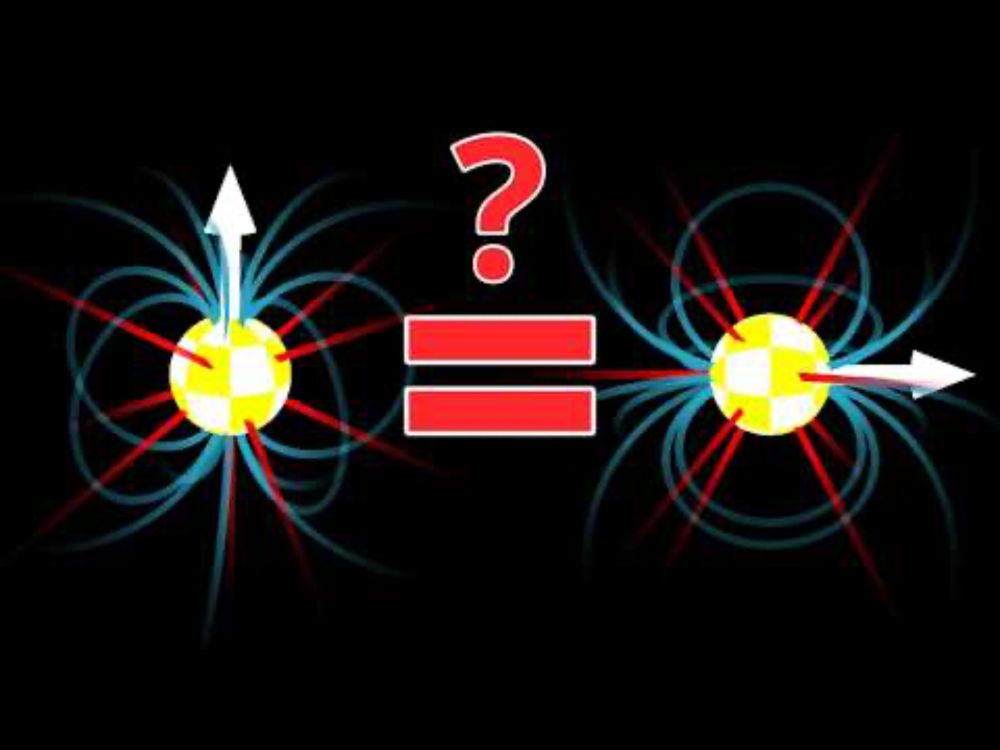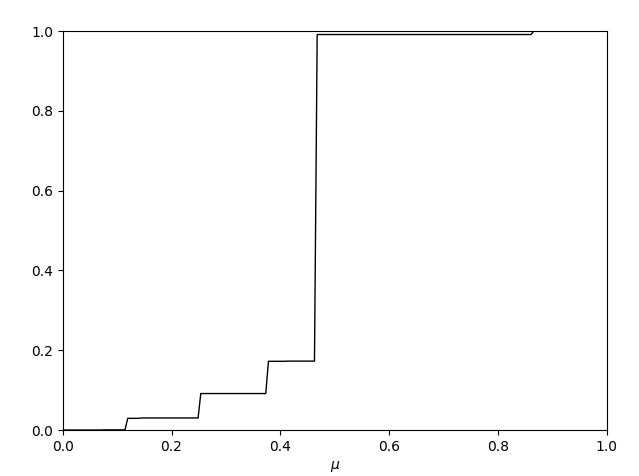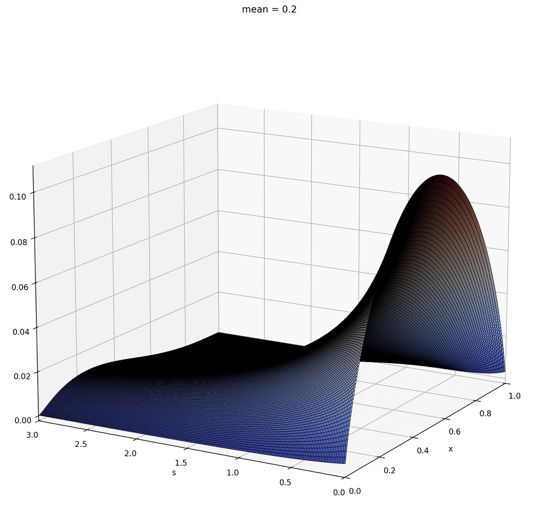Almost Sure
@almostsure.bsky.social
800 followers
86 following
250 posts
George Lowther. Author of Almost Sure blog on maths, probability and stochastic calculus
https://almostsuremath.com
Also on YouTube: https://www.youtube.com/@almostsure
Posts
Media
Videos
Starter Packs
Almost Sure
@almostsure.bsky.social
· Aug 26
Almost Sure
@almostsure.bsky.social
· Aug 26
Almost Sure
@almostsure.bsky.social
· Aug 26
Almost Sure
@almostsure.bsky.social
· Aug 26
Almost Sure
@almostsure.bsky.social
· Jul 3
Almost Sure
@almostsure.bsky.social
· Jul 3
Almost Sure
@almostsure.bsky.social
· Jul 3
Almost Sure
@almostsure.bsky.social
· Apr 17
Almost Sure
@almostsure.bsky.social
· Apr 17
Almost Sure
@almostsure.bsky.social
· Apr 13





















